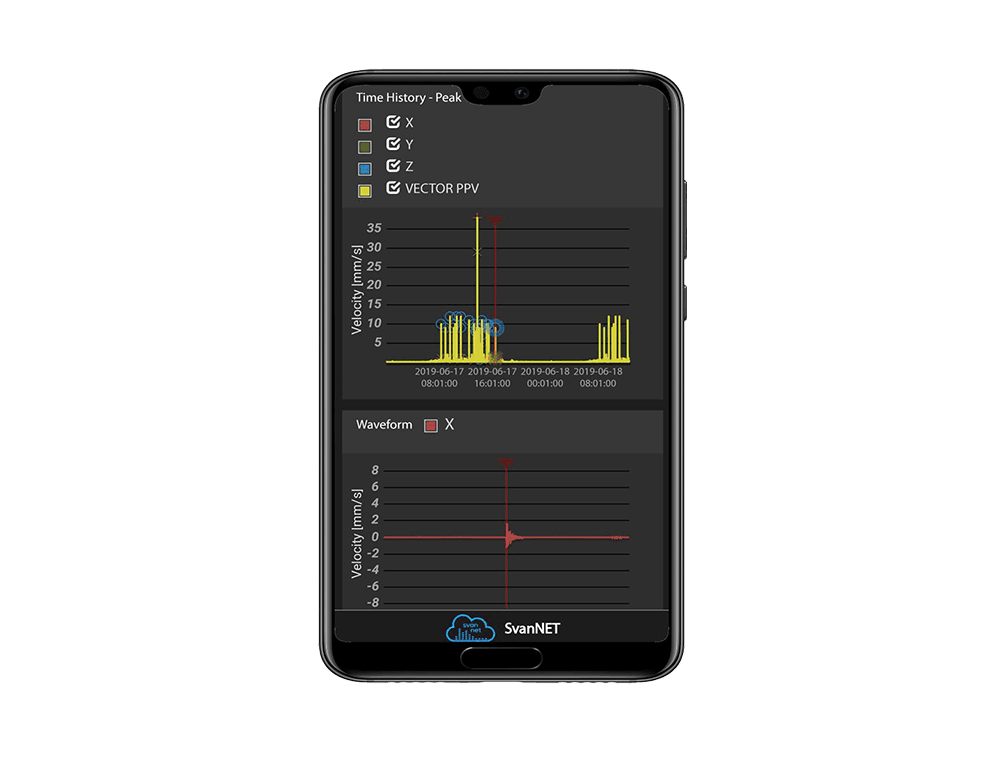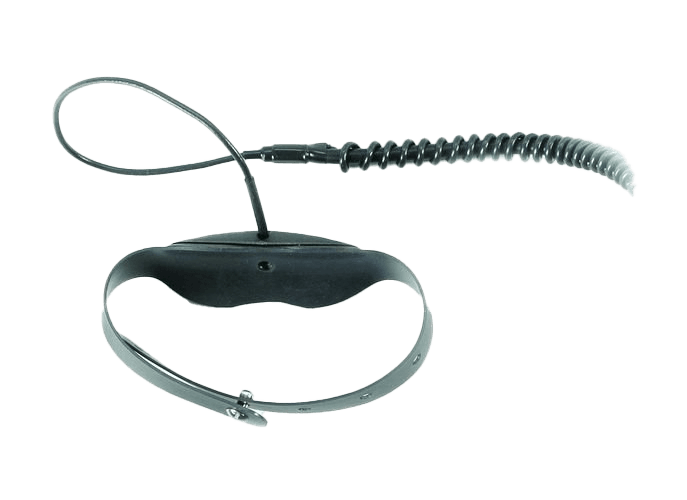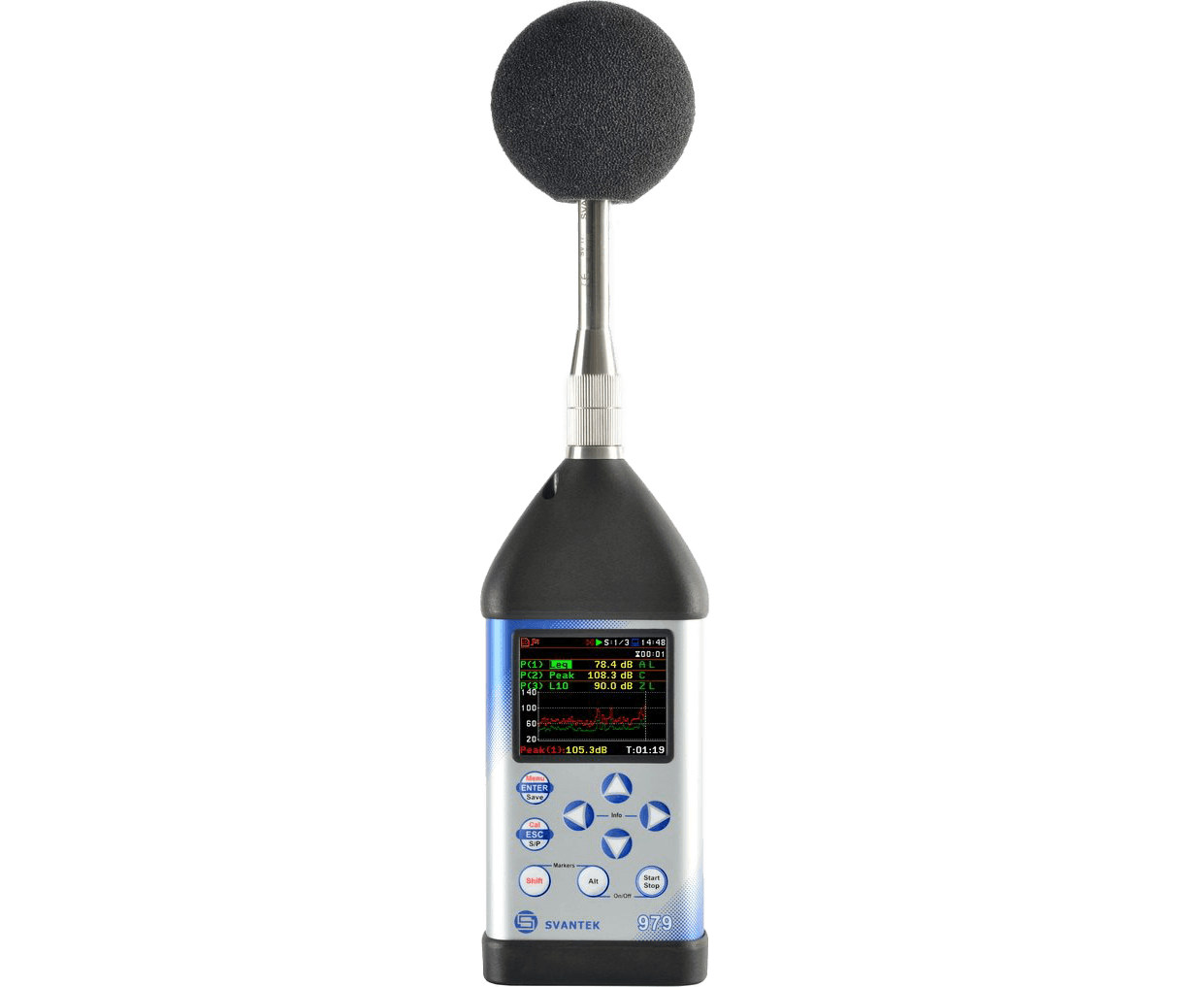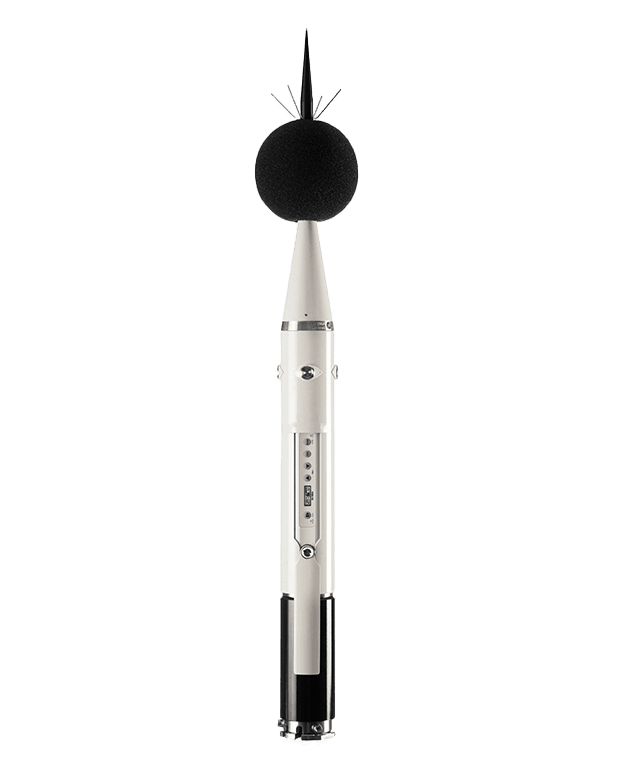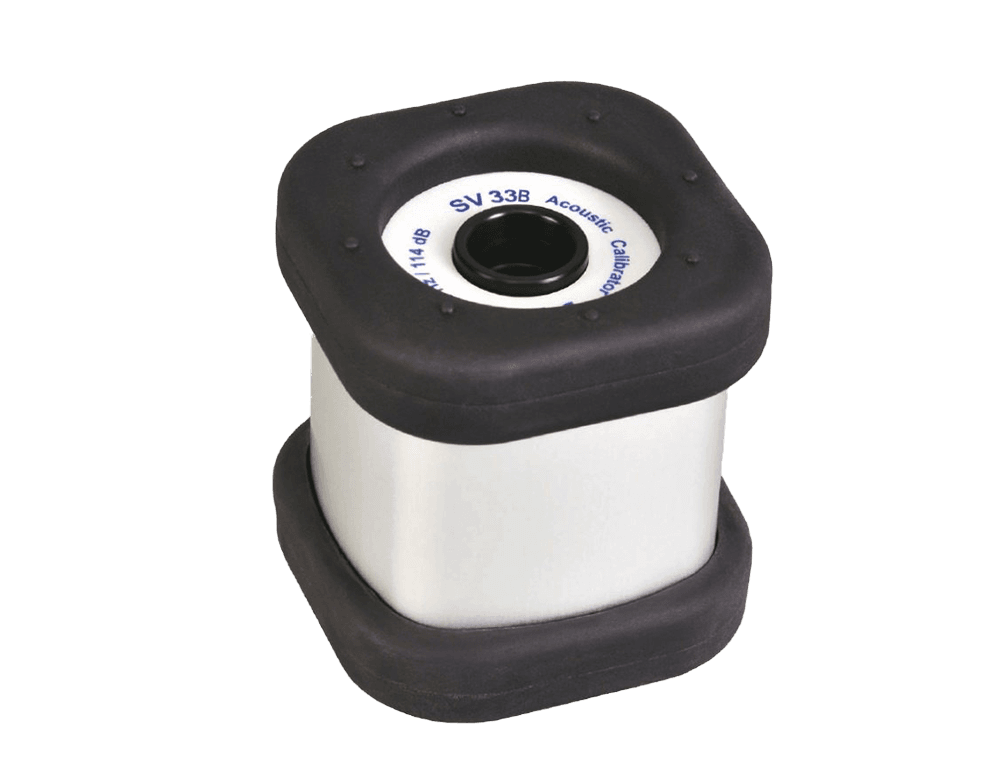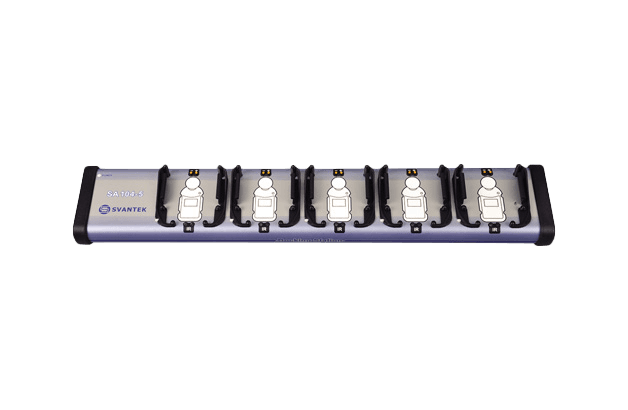By Adam Martin, Director at Nova Acoustics
The specific noise and vibration assessments required for a Section 61 application may vary depending on the local authority and the circumstances of the construction or demolition site. However, some common information required to support a Section 61 application include:
- Baseline Noise & Vibration Monitoring: A baseline noise and vibration assessment is typically conducted to establish the existing ambient noise and vibration levels in the affected area before the construction or demolition activities commence. This assessment provides a reference point for evaluating the increase in noise and vibration levels resulting from the site operations.
- Construction Noise & Vibration Predictions: Noise and vibration predictions or calculations may be required to estimate the potential noise and vibration levels generated by the construction or demolition activities. This assessment involves considering factors such as the type of equipment used, the duration and intensity of the activities, and the distance to sensitive receptors (e.g., residential properties).
- Noise & Vibration Impact Assessment: An impact assessment evaluates the potential effects of the construction or demolition noise and vibration on the surrounding environment and nearby residents or sensitive receptors. This assessment may involve predicting noise levels at specific receptor locations and comparing them against applicable noise criteria or standards.
- Mitigation Measures Assessment: As part of the Section 61 application, it is essential to outline the proposed mitigation measures that will be implemented to control and minimize noise and vibration emissions from the site. This may include using noise barriers, implementing quieter construction methods, restricting noisy activities during certain hours, or employing noise and vibration control equipment.
- Compliance Monitoring Plan: A plan for monitoring and verifying compliance with the noise and vibration control measures may be required. This plan outlines the methodology for ongoing noise and vibration monitoring during the construction or demolition phase to ensure that the agreed-upon noise limits and mitigation measures are being followed.
It is important to consult the specific requirements and guidelines provided by the local authority responsible for handling Section 61 applications. They will provide detailed instructions on the noise and vibration assessments and supporting documentation needed to complete the application successfully.
